Traditional Men's Clothing
For men, traditional clothes are the Sherwani, Lungi, Kurta and Dhoti or Pajama. Also, most recently Pant and shirt have also been accepted as traditional Indian dress by the Government of India
Dhoti
A dhoti is from four to six feet long white or colour strip of cotton. This traditional attire is mainly worn by men in villages. It is held in place by a style of wrapping and sometimes with the help of a belt, ornamental and embroidered or a flat and simple one, around the waist.
In south India men also wear long, white sarong like sheets of cloth known as Mundu. Its called dhotar in Marathi. In north and central Indian languages like Hindi, and Oriya, these are called Mundu, while in Telugu they are called Pancha, in Tamil they are called veshti and in Kannada it is called Panche/Lungi. Over the dhoti, men wear shirts.
Panche or Lungi
A Lungi, also known as sarong, is a traditional garment of India. A Mundu is a lungi except that, it is always white. It is either tucked in, over the waist, up to knee-length or is allowed to lie over and reach up to the ankle. It is usually tucked in when the person is working, in fields or workshops, and left open usually as a mark of respect, in worship places or when the person is around dignitaries.
Lungis, generally, are of two types: the open lungi and the stitched lungi. The open lungi is a plain sheet of cotton or silk, whereas, the stitched one has both of its open ends stitched together to form a tube like structure.
Though mostly worn by men, elderly women also prefer lungi to other garments owing to its good aeration. It is mostly popular in south India, though people of Bangladesh, Brunei, Indonesia, Malaysia, Myanmar and Somalia also can be seen in lungis, because of the heat and humidity, which create an unpleasant climate for trousers, though trousers have now become common outside the house.
Sherwani
A Sherwani is a long coat / jacket that usually sports exposed buttons through the length of the placket. The length is usually just below the knees and the jacket ends around high on the calf. The jacket has a Nehru collar, which is a collar that stands up. The Sherwani is worn with tight fitting pants or trousers called churidars. Churidars are trousers that are loose around the hips and thighs, but are tight and gathered around the ankle. Sherwani is usually worn during the wedding ceremonies by the groom and is usually cream, light ivory, or gold coloured. It may be embroidered with gold or silver. A scarf called a dupatta is sometimes added to the sherwani.
Headgear
The Indian turban or the pagri is worn in many regions in the country, incorporating various styles and designs depending on the place. Other types of headgear such as the Taqiyah and Gandhi cap are worn by different communities within the country to signify a common ideology or interest.
Dastar
The Dastar, also known as pagri, is a turban worn by the Sikh community of India. Is a symbol of faith representing values such as valour, honour and spirituality among others. It is worn to protect the Sikh's long, uncut hair, the Kesh which is one of the Five Ks of Sikhism. Over the years, the dastar has evolved into different styles pertaining to the various sects of Sikhism such as the Nihang and the Namdhari.
Pheta
Pheta is the Marathi name for turbans worn in the state of Maharashtra. Its usually worn during traditional ceremonies and occasions. It was a mandatory part of clothing in the past and have evolved into various styles in different regions. The main types are the Puneri Pagadi, Kolhapuri and Mawali pheta
Mysore Peta
Originally worn by the kings of Mysore during formal meeting in durbar and in ceremonial processions during festivals, and meeting with foreign dignitaries, the Mysore peta has come to signify the cultural tradition of the Mysore and Kodagu district. The Mysore University replaced the conventional mortarboard used in graduation ceremonies with the traditional peta
Rajasthani pagari
Turbans in Rajasthan are called pagari. They are distinctive in style and colour, and indicate the caste, social class and region of the wearer. In the hot and dry regions, turbans are large and loose. The paggar is traditional in Mewar while the safa is to Marwar. The colour of the pagaris have special importance and so does the pagari itself. In the past, saffron stood for valour and chivalry. A white turban stood for mourning. The exchange of a turban meant undying friendship
Gandhi cap
The Gandhi cap, a white coloured cap made of khadi was popularised by Mahatma Gandhi during the Indian independence movement. The practice of wearing a Gandhi cap was carried on even after independence and became a symbolic tradition for politicians and social activists. The cap has been worn throughout history in many states such as Gujarat, Maharashtra, Uttar Pradesh and West Bengal and is still worn by many people without political significance. In 2013, the cap regained its political symbolism through the Aam Aadmi Party, which flaunted Gandhi caps with "I am a Common Man" written over it. This was partly influenced by the "I Am Anna" caps used during Anna Hazare's Lokpal movement. During the Delhi Legislative Assembly election, 2013, these caps led to a scuffle between Aam Aadmi Party and Congress workers, based on the reasoning that Gandhi caps were being used for political benefits.


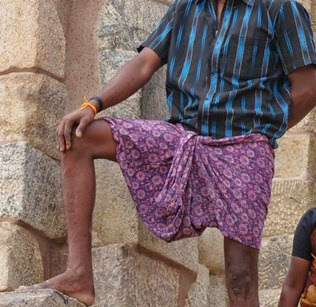
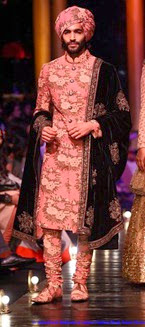
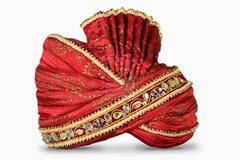

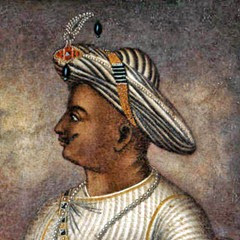
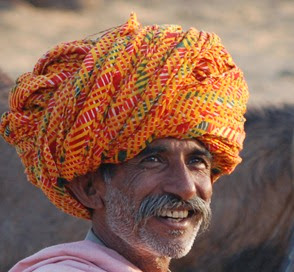
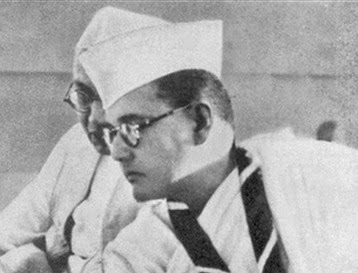
EmoticonEmoticon